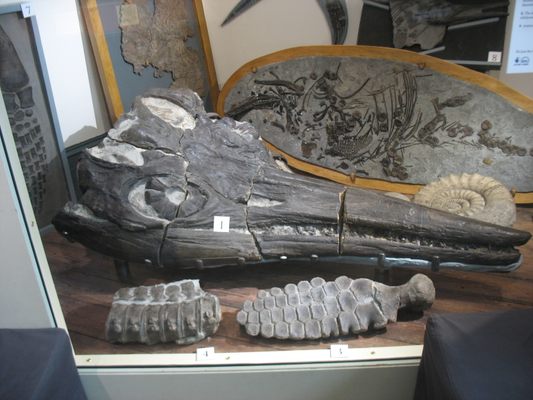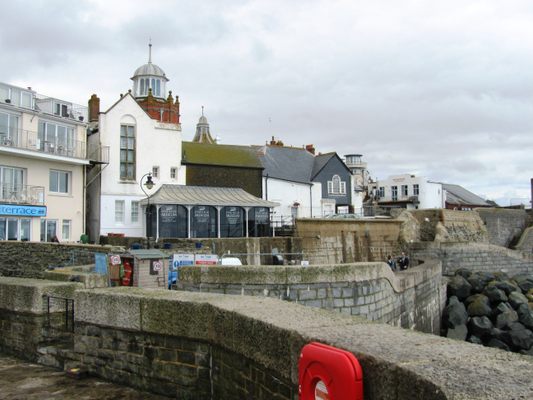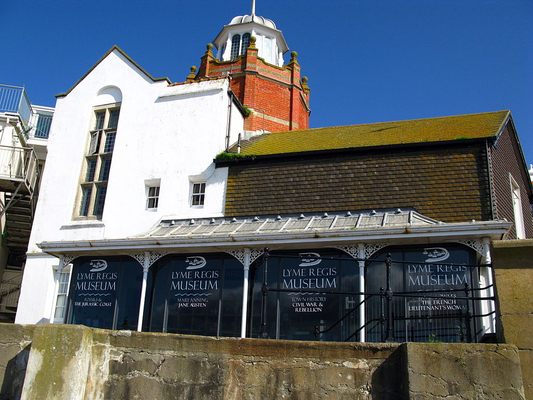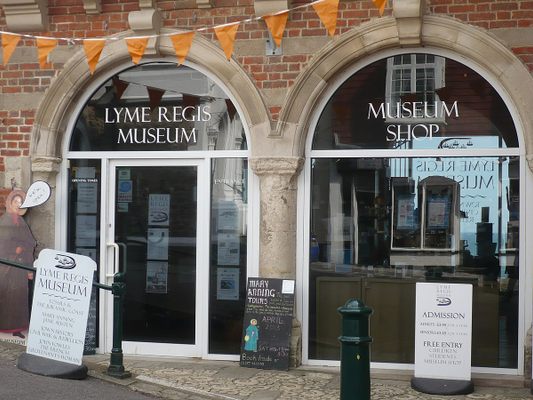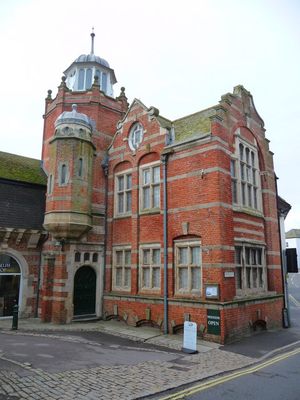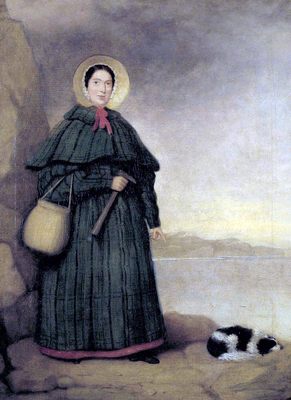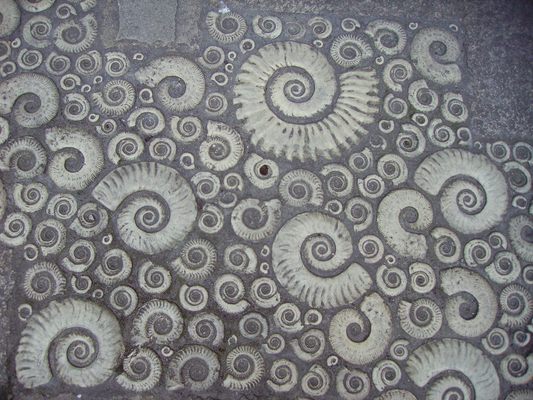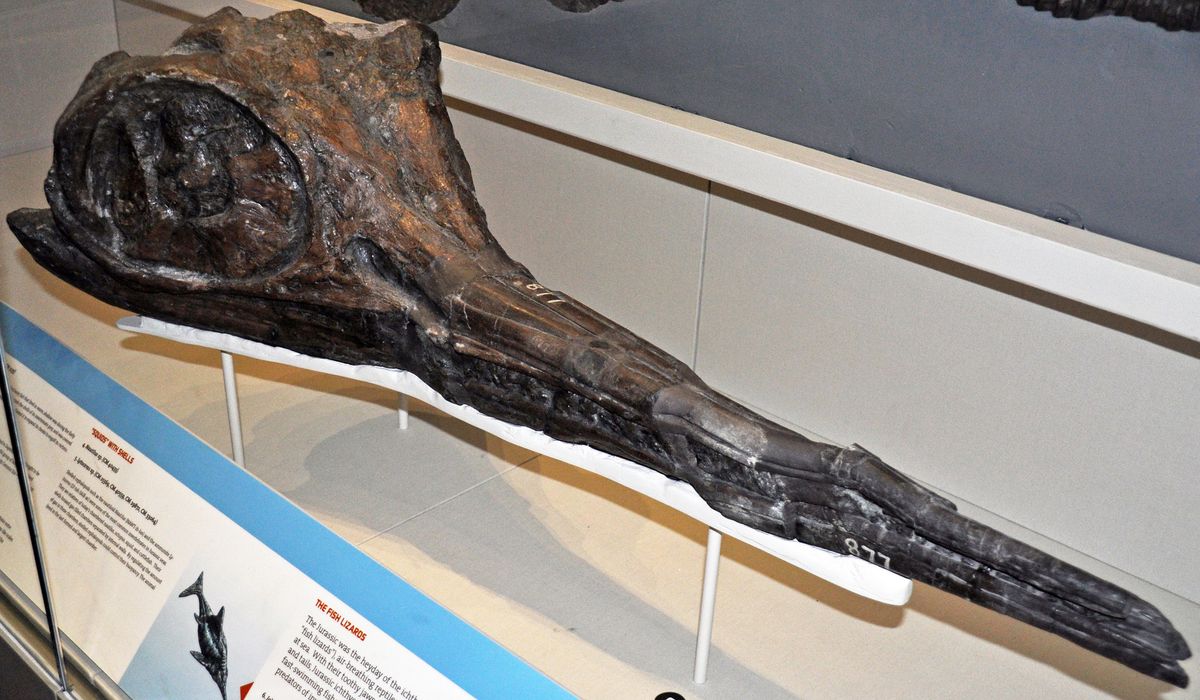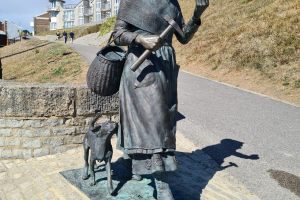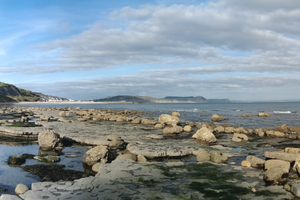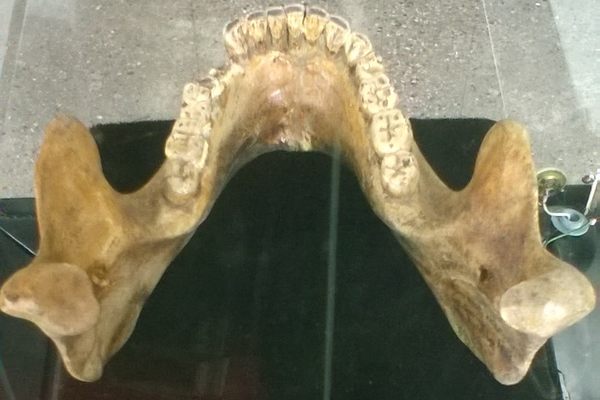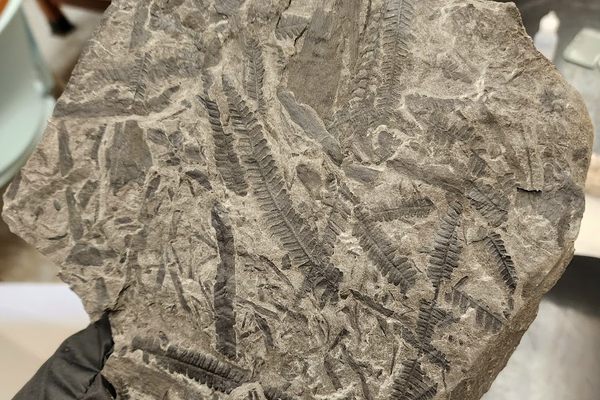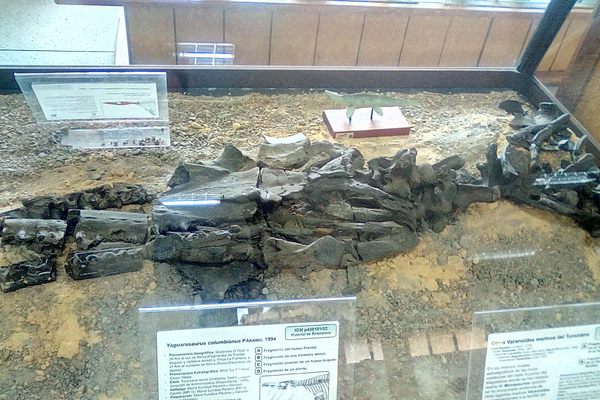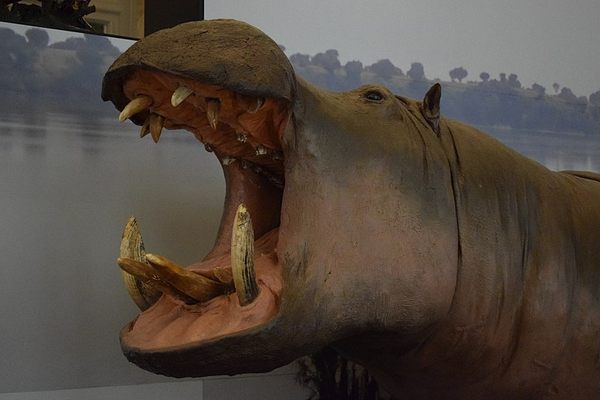About
Collecting natural history treasures was all the rage in 19th-century Britain. Among the most popular objects of desire were taxidermy animals, insects, minerals, botanicals, and, especially, fossils.
In Dorset, along the Jurassic Coast of southeast England, the Blue Lias geological formation is extraordinarily rich with fossilized species from the Triassic, Jurassic, and Cretaceous eras. It was in the small town of Lyme Regis, "the pearl of Dorset," where a young woman named Mary Anning became famous by supplying collectors and museums with the fossils she unearthed.
Anning was born in 1800 and from an early age began to collect, prepare, and sell fossils professionally. As she was extremely gifted at spotting hidden fossils inside the cliffs and on the beach, she made significant discoveries in paleontology. The numerous ichthyosaurs, plesiosaurs, coprolites, ammonites, and pterosaurs that she had excavated were bought by famous paleontologists such as William Buckland and Georges Cuvier and displayed inside the world’s leading natural history museums.
During her lifetime, Anning herself was little rewarded or recognized for her contributions to the natural sciences; the professors mostly claimed her discoveries for themselves. She was rarely mentioned and only after her death did she slowly find a place in the history books. The Lyme Regis Museum has dedicated a permanent exhibition in honor of Anning, showing some of her personal objects, such as her fossil hammer and of course many fossils she had excavated herself.
The museum is built on the very spot where her parents' house formerly stood, and where Anning ran her first fossil shop. Her business later inspired the famous tongue twister "she sells seashells by the sea-shore."
Related Tags
Know Before You Go
The museum is regularly open from Wednesday through Sunday 10 a.m. to 4 p.m. Since the publishing of this post, the museum has recently opened a new wing.
Community Contributors
Added By
Published
February 18, 2019
